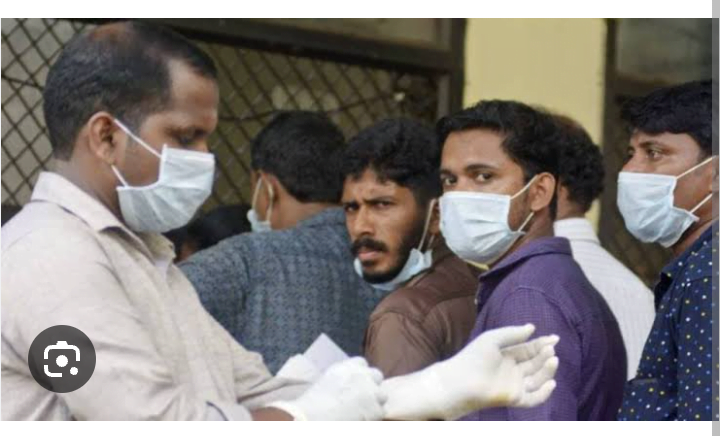In a recent development, the state of Kerala is grappling with a lethal outbreak of the Nipah virus, characterized by a high mortality rate but relatively lower infectiousness. The Kerala government has taken swift action, declaring seven village panchayats as containment zones following the tragic deaths of two individuals attributed to this devastating virus.
State Health Minister Veena George has shed light on the situation, stating that the variant responsible for the outbreak is akin to the Bangladesh strain, demonstrating human-to-human transmission capabilities and an alarming mortality rate. However, it is noteworthy that this variant is less contagious than others of its kind.
George further revealed that epidemiologists from Chennai, in addition to teams from the National Institute of Virology (NIV) in Pune, are en route to Kerala for an extensive survey to better understand and control the situation.
Given the gravity of the disease, the administration in Kozhikode has acted decisively by designating seven village panchayats as containment zones to curtail the virus’s spread.
The Nipah virus is a zoonotic virus, transferring from animals to humans and, in some cases, through contaminated food or direct human contact. It manifests in a range of symptoms, from asymptomatic infections to severe respiratory illness and, tragically, fatal encephalitis. Moreover, it poses a significant threat to animal populations, particularly pigs, causing substantial economic losses for farmers.
While Nipah virus outbreaks have been relatively rare in Asia, their potential for severe illness and fatality necessitates rigorous public health measures. It was first identified in 1999 during an outbreak among pig farmers in Malaysia, and though no new outbreaks have been reported in Malaysia since, it remains a critical global health concern.
Kerala Health Minister Veena George has affirmed the high mortality rate of the variant found in the state while reassuring the availability of monoclonal antibodies for treatment at private hospitals.
The health department has issued an alert in Kozhikode following two Nipah-related fatalities, with samples sent to the Pune Institute of Virology for confirmation.
Containment operations, contact tracing, and surveillance efforts are underway, with officials working tirelessly to mitigate the risk of further transmission.
This dire situation prompted a high-level meeting with district officials, MLAs, and other key stakeholders, reaffirming the need for swift and comprehensive action to control this outbreak.
As Nipah virus infection can present with various clinical symptoms, from fever and headaches to fatal encephalitis, vigilance and prompt intervention are paramount.
In conclusion, the Nipah virus outbreak in Kerala demands a coordinated, multi-pronged approach to safeguard public health and prevent further casualties. The world watches closely, recognizing the urgency of containing this deadly menace.




